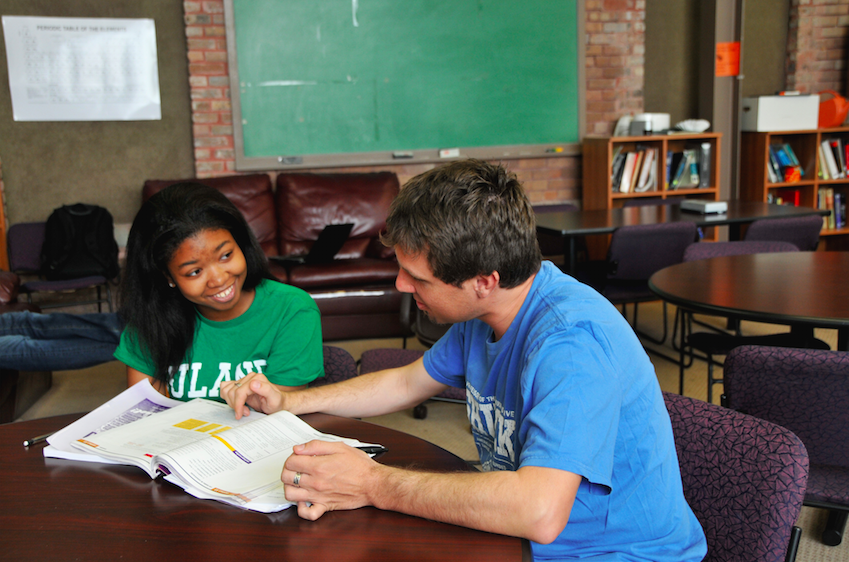What To Know When Teaching Slang: A Guide for Language Teachers
Every language teacher has experienced it: students have loads of questions about the meanings of words and phrases they heard watching a movie or series, especially colloquial expressions or swear words. Understandably, some teachers are reluctant to teach slang, as they worry that it won’t truly help their students, or is inappropriate for the classroom.
However, teaching slang can be valuable for learners: it’s important to provide students with a good knowledge of how language is spoken in real life, not just in course books. If you’re unsure about how to teach slang, our experts’ advice will put your fears to rest, as well as give you some great ideas for your next class.
Table of Contents
Photo by Tulane Public Relations/wikipedia
Who Benefits the Most From Slang
Of course, lessons on slang aren’t for everyone -- those focusing on business language skills or those studying language specifically for test-taking probably aren’t the best candidates to be learning about the latest words on the street. However, if your students are planning to interact with native speakers, and especially if they are taking a trip abroad, learning common slang terms can definitely come in handy. Our veteran teacher suggests teaching slang specifically to advanced students, as they won’t be bogged down by the confusing grammar that’s common in informal language.
Activities for Teaching Slang
Given that slang is used constantly in real life, our teachers recommend using a variety of listening activities when teaching it. Luckily for both teachers and students, these are often fun, and can include showing clips from your favorite movies and television series. Our experts recommend following up listening activities with speaking activities like role-playing, so that students get to practice both hearing and producing informal language. Check out our list of activities, tailor-made for teaching slang.
Another fun and interactive way to teach slang is immersion: take your students to a café or a store in which they’ll be forced to use the language in real-life situations with native speakers. This offers them a realistic and safe environment in which they are exposed to the informal language that they’ve learned in the classroom. And it’s just one of many more tried-and-true activities that you can use to connect language to everyday situations.

Photo by Acharles/Wikipedia
Slang From Various Regions
Slang can vary greatly by country and even by city, so make sure that you’re teaching your student the regional slang that they need to learn. For example, if your student is taking a trip to London, review clips from British films that use the expressions they’ll actually hear. And if your student is taking a trip to the United States, it will be good to look at our slang map, which catalogues the most popular slang words in each US city. You might even learn something you didn’t know about the rich, diverse world of American slang!
Indeed, slang is quite different from the language taught in most course books. But for that very reason, it’s especially important that students learn informal words and expressions from their teachers, so that they can be well-prepared to navigate the colloquialisms that are abundant in casual conversation. And whether you’re teaching slang, grammar, or anything in between, browse the rest of our teacher’s handbook -- with over 100 free articles, it’ll have tons of useful tips and tricks for whatever is in store for your next class!



